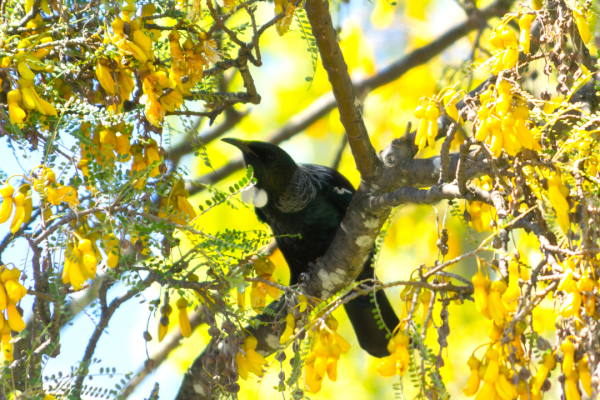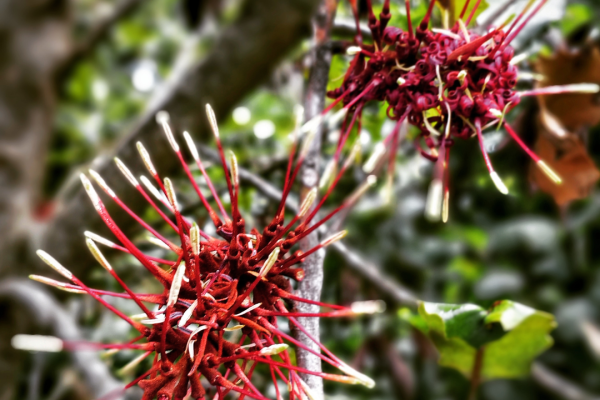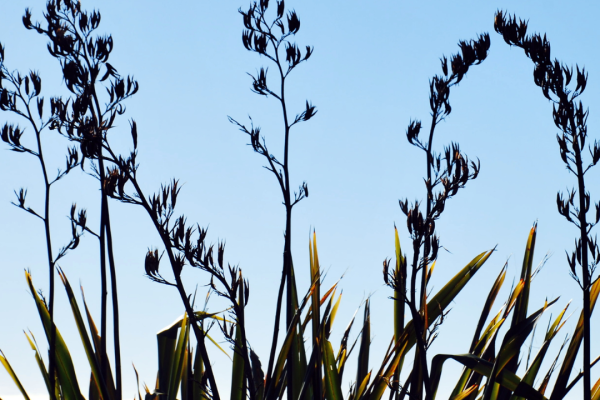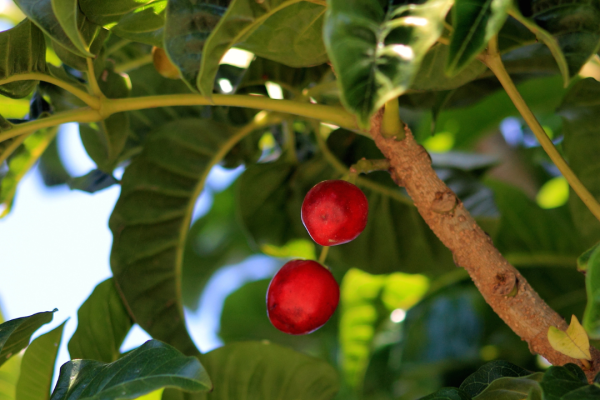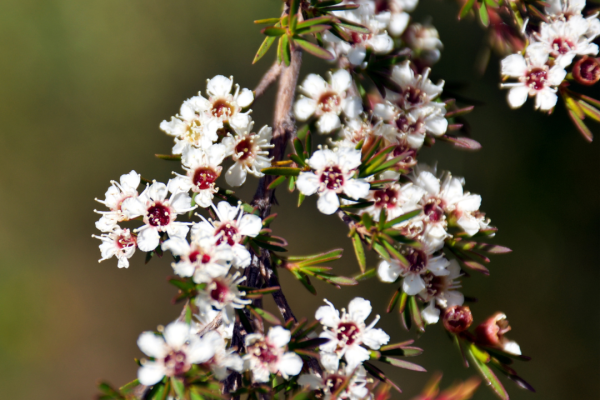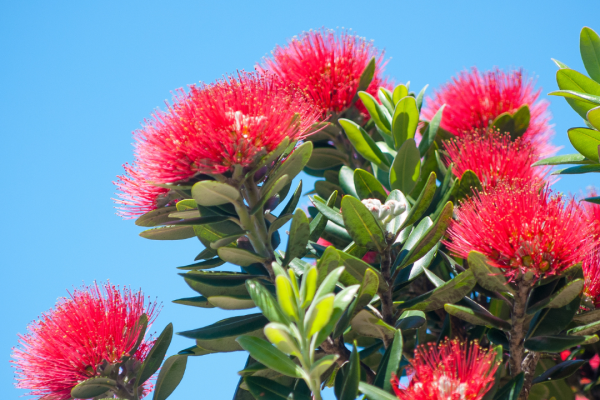If you’re lucky enough, like us, to call Gisborne home, you’re already well aware of the natural beauty that surrounds you. From the stunning coastline to the lush green hills, Gisborne is a haven for nature lovers. However, you don’t need to venture far from your own backyard to experience the wonders of local wildlife and native flora. In this blog, we’ll explore some valuable garden tips and native plant species that can help you create your very own native wildlife sanctuary.
Why Create a Native Wildlife Sanctuary?
Our unique East Coast biodiversity, including a variety of native birds, insects, and plants, is worth preserving and nurturing. By transforming your backyard into a native wildlife sanctuary, you can contribute to conservation efforts and create a beautiful and eco-friendly outdoor space for you and your family to enjoy.
GARDEN TIPS FOR YOUR WILDLIFE SANCTUARY
Know Your Local Ecosystem:
The first step in creating a native wildlife sanctuary is to understand the specific ecosystems and habitats in your area. Gisborne features a diverse range of habitats, from coastal areas to forested regions. Research and identify the native plants and wildlife species that are naturally found in your region.
Select Native Plants:
Choosing native plant species is essential to support local wildlife. Native plants provide food, shelter, and nesting sites for birds, insects, and other animals. Some excellent native plant species options for your backyard include:
- Kowhai (Sophora tetraptera): This tree features vibrant yellow flowers and provides nectar for tui birds.
- Rewarewa (Knightia excelsa): This tree is a great source of nectar for bellbirds and provides shelter for birds.
- Harakeke (New Zealand flax, Phormium tenax): Attracts native birds and insects while adding ornamental beauty.
- Puriri (Vitex lucens): Known for its hardy nature and berries that are popular with native birds.
- Kanuka (Kunzea ericoides): Attracts bees and other pollinators while also providing shelter for birds.
- Pohutukawa (Metrosideros excelsa): A coastal native with striking crimson flowers, attracting nectar-loving birds like tui.
Create Habitat Diversity:
A diverse garden is more attractive to a wide range of wildlife. Incorporate various plant types, including trees, shrubs, ground covers, and grasses. Consider installing bird feeders, bird baths, and insect hotels to cater to different species.
Maintain Natural Pest Control:
Native plants often attract insects that help control pests. Encourage a healthy balance of predator and prey in your garden by reducing the use of chemical pesticides.
Plant in Clusters:
Planting native species in clusters or groups mimics the natural way plants grow and can provide better habitats and food sources for wildlife.
Maintain Water Sources:
Freshwater is essential for local wildlife. Ensure your garden has a water source, such as a small pond or birdbath, and keep it clean and filled regularly.
Avoid Invasive Plants:
Invasive exotic plants can outcompete native species and harm local ecosystems. Regularly remove non-native, invasive plants from your garden.
Respect Wildlife:
While you want to attract and support local wildlife, remember that they need space and respect. Don’t disturb nests or habitats, and observe from a distance.
Creating a native wildlife sanctuary in your backyard is a rewarding and eco-friendly endeavor. By following these garden tips and planting native species, you’ll contribute to the conservation of local biodiversity while enjoying a beautiful, thriving garden. Not only will you be creating a haven for native birds, insects, and other wildlife, but you’ll also be deepening your connection to the natural wonders of our land. So, roll up your sleeves, put on your gardening gloves, and start transforming your backyard into a native wildlife sanctuary today. Your local ecosystem will thank you, and you’ll reap the benefits of a stunning and thriving outdoor space.

